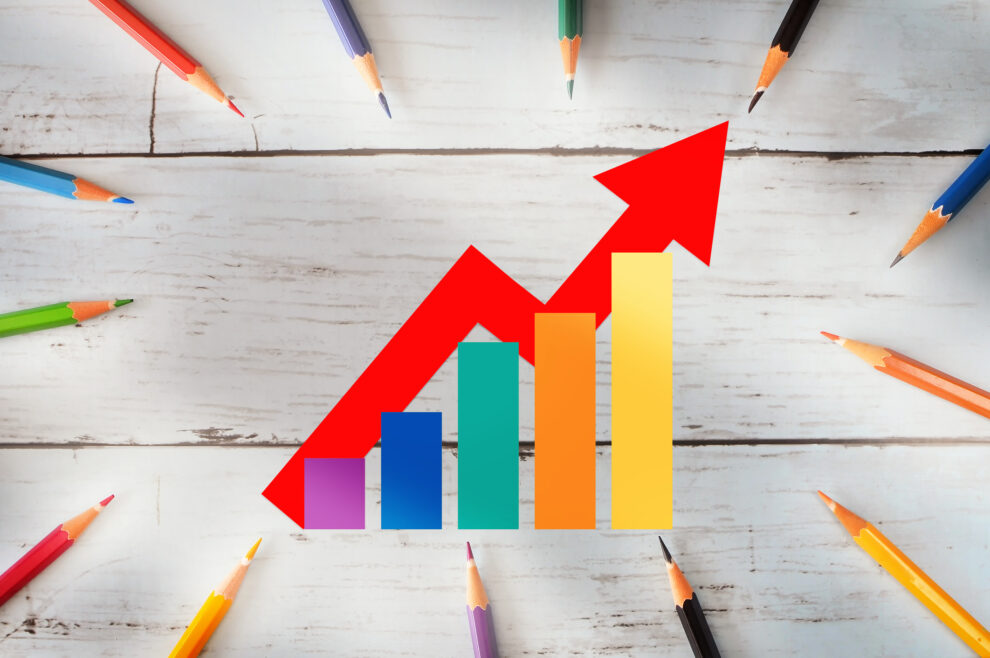
Shopify and MercadoLibre could be $1 trillion companies within 15 years.
Currently, only seven public companies have a market capitalization that exceeds $1 trillion. From largest to smallest, the members of that elite group include: Apple, Microsoft, Nvidia, Alphabet, Amazon, Saudi Aramco, and Meta Platforms.
More companies will undoubtedly reach the trillion-dollar threshold as the global economy continues to expand. For instance, Berkshire Hathaway and Taiwan Semiconductor are worth more than $800 billion today, and another nine companies are worth more than $500 billion, which puts them within striking distance.
However, I’d like to make a somewhat aggressive prediction: Despite sub-$100 billion valuations today, Shopify (SHOP -6.43%) and MercadoLibre (MELI 10.59%) will be worth $1 trillion by 2040. The implications for shareholders are detailed below:
- Shopify is currently worth $75 billion. To reach $1 trillion, the stock must increase 1,233%, which implies annual returns of 19% over the next 15 years.
- MercadoLibre is currently worth $80 billion. To reach $1 trillion, the stock must increase 1,150%, which implies annual returns of 18% over the next 15 years.
Here’s what investors should know about these e-commerce giants.
1. Shopify
Shopify provides merchants with a turnkey solution for commerce. Its software supports sales across physical and digital channels, including online marketplaces, social media, and direct-to-consumer websites. Shopify also provides adjacent solutions for marketing, payments, and logistics, and the company recently introduced a generative AI assistant that can write product descriptions and create professional product images.
In August 2023, research company Gartner ranked Shopify as a leader in digital commerce, citing its robust portfolio and rapid innovation. In May 2024, Forrester Research named Shopify a leader in business-to-business (B2B) commerce solutions, citing rapid innovation and strength in artificial intelligence. Shopify began adding B2B functionality to its high-end platform (Shopify Plus) about two years ago, so recognition from Forrester is encouraging.
Shopify has a few monetization levers left to pull. It does not currently charge for its generative AI assistant (Shopify Magic), nor does it charge for Shopify Audiences, a marketing tool that uses machine learning to create audience lists, which can be used to target ad campaigns across Alphabet’s Google Search and YouTube, Meta Platforms’ Facebook and Instagram, Pinterest, and TikTok.
Going forward, e-commerce software sales are projected to increase at 15% through 2030, and B2B e-commerce sales are forecasted to grow at 18% annually during the same period. But Shopify could grow more quickly than those figures suggests. Shopify is the most popular e-commerce platform, and Shopify Plus is the most popular omnichannel commerce software, such that Shopify merchants accounted for 10% and 6% of online retail sales across the U.S. and Western Europe, respectively, last year.
Here’s the bottom line: Shopify could be a trillion-dollar company within 15 years if sales grow at 19% annually through 2039 and the stock trades at 10 times sales. For context, that would be a slight discount to the current valuation of 10.2 times sales, which itself is a significant discount to the three-year average of 17.1 times sales.
2. MercadoLibre
MercadoLibre operates the largest online marketplace in Latin America as measured by visitors and sales, and the company is still gaining market share. MercadoLibre is forecasted to account for 29% of retail e-commerce sales in Latin America in 2024, up nearly one percentage point from 2023 and four percentage points from 2020, according to eMarketer.
MercadoLibre’s success is partially due to its early-mover status, but the company has also built an ecosystem of supporting services that make its marketplace more compelling. That includes fintech services like payment processing and credit cards, logistics services like fulfillment and shipping, and advertising services. Those adjacencies accelerate the network effect inherent to its business model.
MercadoLibre operates across 18 countries with a combined population of 516 million, meaning it serves a population that is roughly 50% larger than the U.S. But the digital economy is much smaller. For instance, e-commerce penetration in Latin America is about half that of the U.S. But the Latin American digital economy is growing quickly. In fact, it’s expected to double in size during the next three years .
“Latin America has transformed into a flourishing hub of digital innovation thanks to widespread internet access,” according to eMarketer. MercadoLibre is ideally positioned to benefit from that transformation. It not only operates the leading e-commerce marketplace in the region but also ranks as the largest retail advertiser and one of the largest fintech companies in Latin America. To that end, Wall Street expects sales to grow at 19% annually through 2027.
Here’s the bottom line: MercadoLibre could be a trillion-dollar company within 15 years if sales grow at 18% annually through 2039 and shares trade at 5 times sales. For context, that would be a slight discount to its current valuation of 5.2 times sales, which itself is a discount to the three-year average of 6.6 times sales.
John Mackey, former CEO of Whole Foods Market, an Amazon subsidiary, is a member of The Motley Fool’s board of directors. Suzanne Frey, an executive at Alphabet, is a member of The Motley Fool’s board of directors. Randi Zuckerberg, a former director of market development and spokeswoman for Facebook and sister to Meta Platforms CEO Mark Zuckerberg, is a member of The Motley Fool’s board of directors. Trevor Jennewine has positions in Amazon, MercadoLibre, Nvidia, Pinterest, and Shopify. The Motley Fool has positions in and recommends Alphabet, Amazon, Apple, Berkshire Hathaway, MercadoLibre, Meta Platforms, Microsoft, Nvidia, Pinterest, Shopify, and Taiwan Semiconductor Manufacturing. The Motley Fool recommends Gartner and recommends the following options: long January 2026 $395 calls on Microsoft and short January 2026 $405 calls on Microsoft. The Motley Fool has a disclosure policy.






